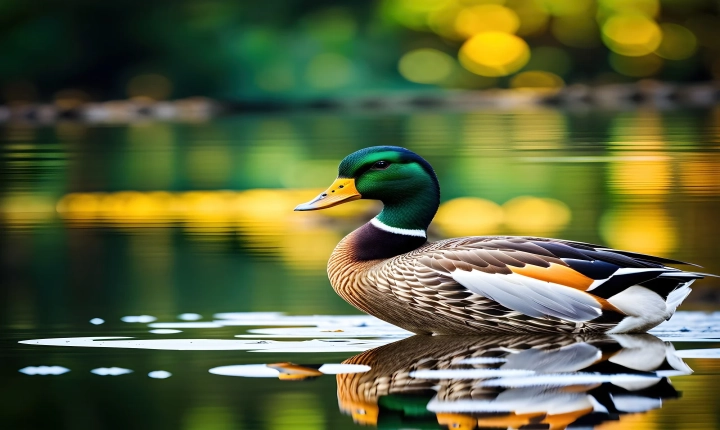Title: How to Make a Drone with AI: A Step-by-Step Guide
Introduction
As technology continues to advance, the integration of artificial intelligence (AI) into various devices has become more prevalent. Drones are no exception, and the combination of AI and drones can yield some impressive results. Building a drone with AI capabilities can open up a world of possibilities in terms of automation, object recognition, and decision-making. In this article, we’ll explore a step-by-step guide on how to make a drone with AI.
Step 1: Selecting the Drone
The first step in making a drone with AI is to select the appropriate drone platform. While it is possible to build a drone from scratch, beginners may find it easier to start with a commercially available drone. Look for a drone that is compatible with AI development kits and has a good payload capacity to accommodate the additional hardware required for AI integration.
Step 2: AI Hardware and Software Selection
Once you have your drone platform, it’s time to select the AI hardware and software components. The hardware will typically include a microcontroller or single-board computer, such as a Raspberry Pi or NVIDIA Jetson, and a camera for vision processing. For AI software, popular options include TensorFlow, PyTorch, or OpenCV for computer vision tasks.
Step 3: Integration of AI Hardware
After selecting the hardware and software, the next step is to integrate the AI hardware into the drone. This may involve mounting the microcontroller or single-board computer onto the drone’s frame and connecting it to the drone’s power supply and communication systems. Additionally, the camera should be securely mounted and connected to the AI hardware.
Step 4: Developing AI Algorithms
With the hardware in place, it’s time to start developing the AI algorithms that will enable the drone to perform specific tasks. This could range from object recognition and tracking to autonomous navigation and obstacle avoidance. The specific algorithms will depend on the intended application of the drone, whether it’s for aerial photography, search and rescue operations, or agricultural monitoring.
Step 5: Testing and Calibration
After developing the AI algorithms, it’s crucial to thoroughly test and calibrate the drone. This involves validating the object recognition and tracking capabilities, ensuring the accuracy of the drone’s autonomous navigation, and fine-tuning the obstacle avoidance system. Rigorous testing and calibration are essential to ensure the safety and performance of the AI-integrated drone.
Step 6: Deployment and Continuous Improvement
Once the drone with AI capabilities has been successfully built and tested, it can be deployed for its intended use. Whether it’s for commercial applications, research projects, or recreational purposes, the AI-integrated drone can open up new possibilities. Furthermore, continuous improvement and updates to the AI algorithms will ensure that the drone remains at the forefront of technological advancements.
Conclusion
Integrating AI into a drone can unlock a myriad of possibilities, from autonomous navigation to advanced object recognition. While building a drone with AI capabilities requires careful planning and technical expertise, the rewards are well worth the effort. Whether you are a hobbyist looking to explore the latest in drone technology or a professional seeking innovative solutions, the step-by-step guide outlined in this article can serve as a valuable starting point for creating a drone with AI.
